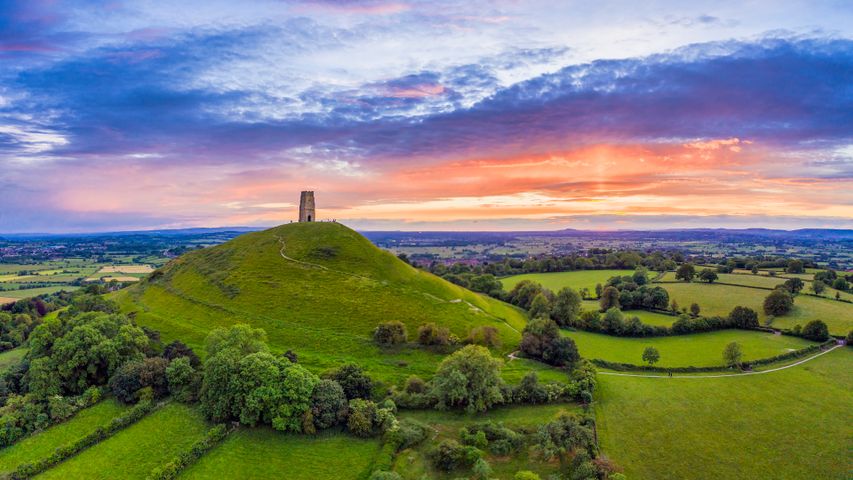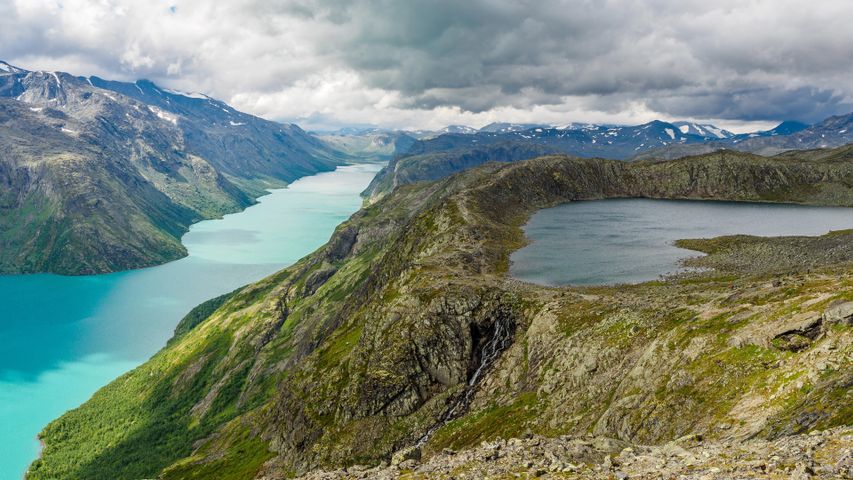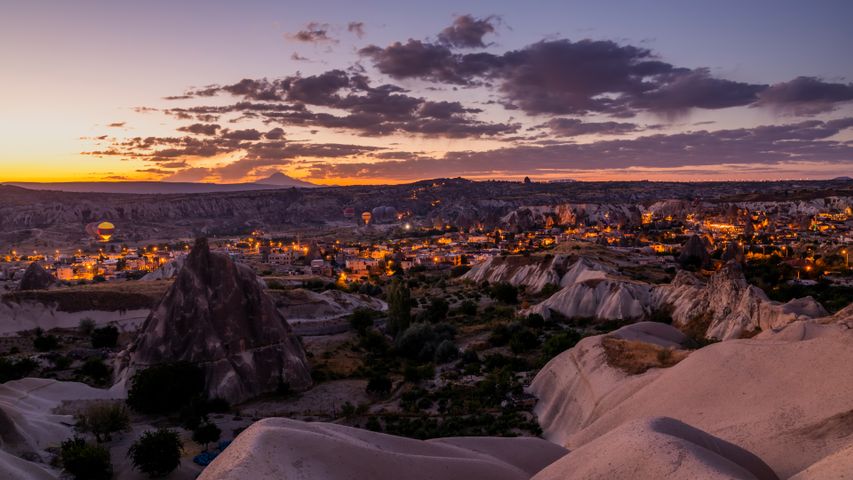Yukon River viewed from the Midnight Dome, Dawson City, Yukon, Canada
© Robert Postma/Getty Image
Panning out nicely. Shining like Klondike gold
On 16 August 1896, in a remote area of north-west Canada, two prospectors hit upon a large deposit of gold in a tributary of the Klondike River. And with that, “Skookum” Jim Mason and George Carmack set in motion the Klondike Gold Rush, the richest gold strike in North American history. Because the Klondike, in Canada’s Yukon Territory, was so isolated, it would be more than 11 months before the world found out. The news reached the United States and Canada during a prolonged economic depression and more than 100,000 people quit their jobs (including the mayor of Seattle) to set out for the Yukon, with dreams of striking gold.But the long journey across the wilderness was gruelling, and less than half of those who set out for the Klondike made it there. The sudden influx of those who did briefly turned Dawson City, from where today’s photograph of the Yukon River was taken, into the second largest city in Canada. In the saloons of the boom town, a profit could be made simply by sweeping the floor and collecting spilled gold dust. Today, Dawson City has a population of about 1,400, making it the second largest city in the Yukon.
Related Images
Bing Today Images


 St. Michael's Church Tower on Glastonbury Tor, Glastonbury, Somerset, England
St. Michael's Church Tower on Glastonbury Tor, Glastonbury, Somerset, England
 Chisos Mountains, Big Bend National Park, Texas, United States
Chisos Mountains, Big Bend National Park, Texas, United States
 Jotunheimen National Park in Norway
Jotunheimen National Park in Norway
 Torres del Paine National Park, Patagonia, Chile
Torres del Paine National Park, Patagonia, Chile
 Zion National Park, Utah, United States
Zion National Park, Utah, United States
 Hot air balloons over Göreme Historical National Park in Cappadocia, Türkiye
Hot air balloons over Göreme Historical National Park in Cappadocia, Türkiye
 Wat Tang Sai Temple in Ban Krut, Thailand
Wat Tang Sai Temple in Ban Krut, Thailand
 Superbloom in Carrizo Plain National Monument, California, United States
Superbloom in Carrizo Plain National Monument, California, United States



